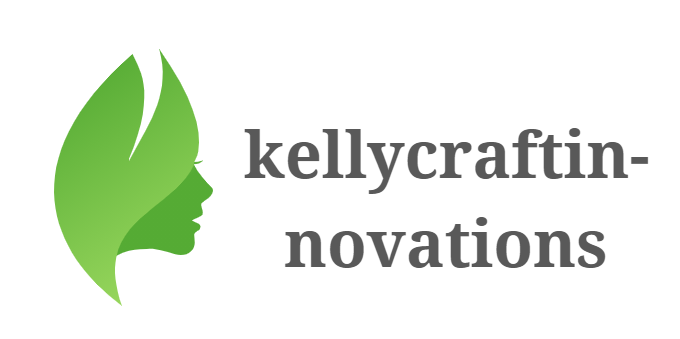In the current era of environmental consciousness, countries have become more conscious and are moving towards a safer and greener environment. Most of the companies are always searching for methods to reduce their environmental impact. The topic under close examination is the marketing collateral; in this instance, traditional print materials are contrasted with their digital equivalents, such as a custom video brochure. To determine which of these two media is more environmentally friendly, let's now look at their respective effects on the environment.
Resource Consumption
Printing brochures is a very paper, ink, and energy-consuming process. The paper industry is famous for its water usage and chemical application, which are the reasons behind deforestation and pollution. On the contrary, video brochures depend on digital files, which, in turn, cut the need for paper and ink, hence, natural resources are conserved, and waste is minimized.
Energy Consumption
The production process of traditional print brochures includes machinery and transportation, which are energy-consuming activities, most of which come from non-renewable sources. On the other hand, video brochures mainly need energy for their production and charging, while the distribution in the digital format, transportation, and production are reduced, thus the energy consumption and carbon emissions are reduced.
Lifecycle Analysis
The usual print brochures usually end up in the garbage after use, and that is the reason why the environment is degraded, and the waste accumulates. On the contrary, video brochures have a longer life and can be used again or recycled, which reduces their environmental impact in the long run. Moreover, digital distribution is not only a way to get the product but also it is a way to get rid of the physical disposal, thus, the waste generation is decreased.
Comparing Carbon Emissions
The important component to consider right now is to understand the emissions from conventional printing. Normal paper manufacturing process involves certain emissions during the process which are very dangerous for the environment as well as for the habitants. In contrast, video brochures incorporate digital technology which doesn't involve many manufacturing processes, and neither do they require extra shipping or additional costs. Therefore, their carbon footprints are much lower as compared to conventional printing which gives them huge credit. Businesses would be able to reduce their carbon emissions and contribute to a better future by using digital choices. This leads to a safer and greener environment which most of the countries support.
Impact on Ecosystems
The manufacturing of paper for traditional print brochures usually involves the cutting of forests, hence the destruction of the habitats and the loss of biodiversity. On the other hand, video brochures are not many polluters of the ecosystem, as they are based on electronic parts rather than raw materials that are taken from natural habitats. The selection of digital media over print can be the way to save the environment and the species that are at risk.
Conclusion
In the discussion of video brochures and the old print, it is clear that the former has a definite edge in terms of environmental damage. By cutting down on the resources used, energy used, waste generated, and carbon emissions, video brochures are an eco-friendlier way for businesses to minimize their environmental impact. Through the use of digital marketing solutions, companies can match their activities with environmental stewardship and thus, they will be the ones to help in the conservation of the planet.


